NASA’s New Supersonic Jet Will Have One Thing Missing: a Sonic Boom

Flying faster than the speed of sound has always had a hitch: the sonic boom that generates shock waves for miles away, rattling windows, tripping car alarms and wreaking environmental havoc. U.S. regulators have banned supersonic overland flight for decades due to the noise produced when aircraft break the sound barrier.
But NASA is working on an experimental supersonic jet, the X-59, that minimizes the explosive sound. Instead of a surprising bang, the sound will be more of a thud, like the sound of a car door closing around the corner.
More from Robb Report
NASA and Boeing Are Teaming Up to Create a Sleek New Jet That Could Burn 30% Less Fuel
Boom's New Overture Jet Will Use a Quiet, Low-Emission Supersonic Engine to Hit 1,300 MPH
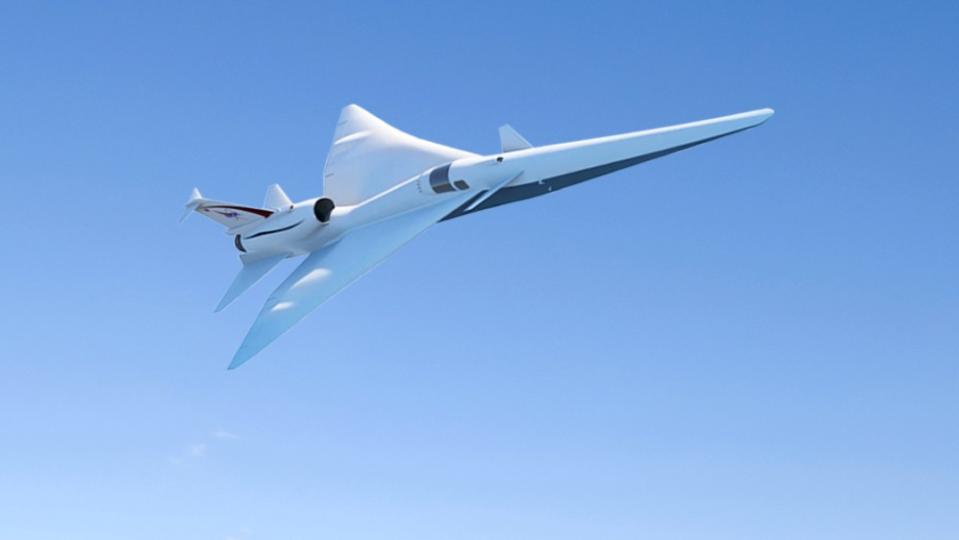
The space agency plans to do its first test flight later this year, potentially reopening the door to supersonic travel after the high-flying Concorde retired in 2003. Before it shuttered, the Concorde halved the trip between New York and London to three and a half hours by cruising at Mach 2, twice the speed of sound, or 1,534 mph.
Working with Lockheed Martin, NASA has created a design that breaks the sound barrier quietly. Scientists changed the shape of the plane, making it more streamlined to reduce and redistribute shock waves. The X59 is just under 100 feet long—less than half the length of the Concorde—and is more streamlined, with a much longer nose. Of course, it only has space for one pilot, rather than a cabin full of passengers.
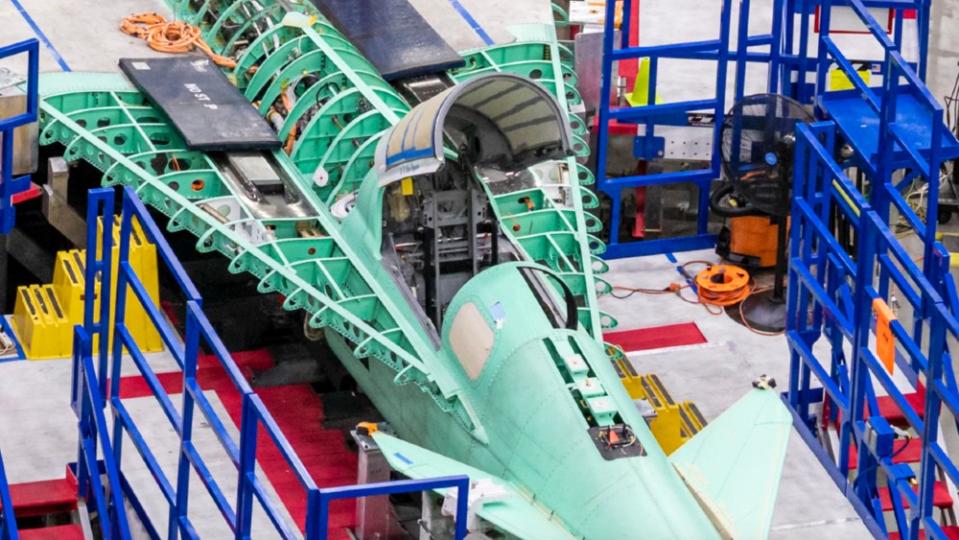
But if the X-59 QueSST (“Quiet SuperSonic Technology”) airplane works, it could be the template for supersonic jets of the future, including commercial jets. The X-59 is in the final build stages at Lockheed Martin’s Skunk Works in Palmdale, California. The long, narrow experimental aircraft cuts the boom from roughly 105 decibels—the sound of a clap of thunder—to 75 decibels, akin to the whir of a vacuum cleaner, or the slam of a car door 20 feet away.
“With the X-59, we want to demonstrate that we can reduce the annoying sonic booms to something much quieter, referred to as ‘sonic thumps,’” said John Wolter, lead researcher on the X-59 sonic boom wind tunnel test, in a statement.
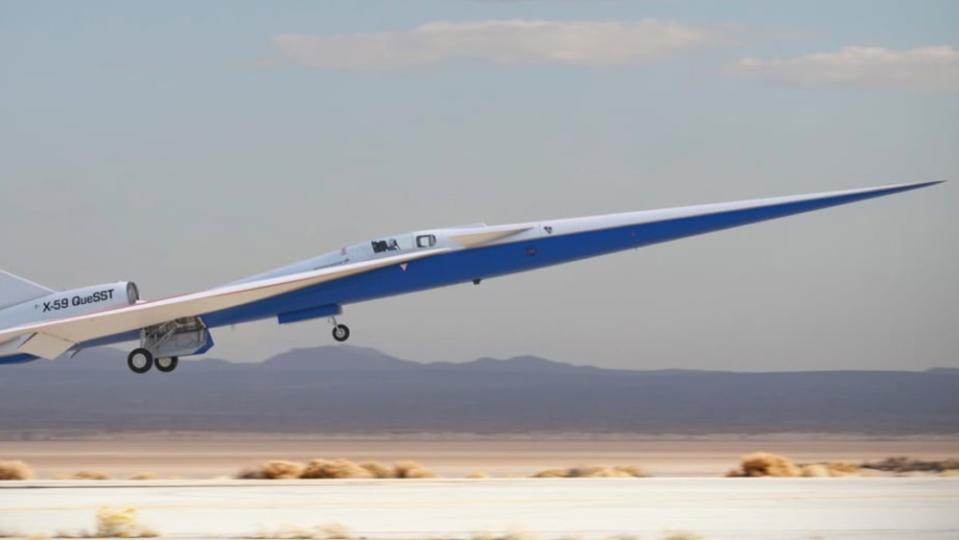
Engineers shaped the aircraft to feature a sleek design that reduces drag by sweeping back its wings and eliminating the cockpit that sticks up at the front of the plane. The X-59 foregoes the front windows entirely in favor of a NASA-built and designed “external vision system.” Two cameras above and below the aircraft create a real-time view of the front of the plane, while sensors feed data to a high-tech, heads-up display on an HD screen.
The space agency said it has successfully installed the X-59’s 13-foot engine. The General Electric Aviation engine will power the X-59 as it flies at altitudes around 55,000 feet, with a cruising speed of Mach 1.4, or 1,066 mph.
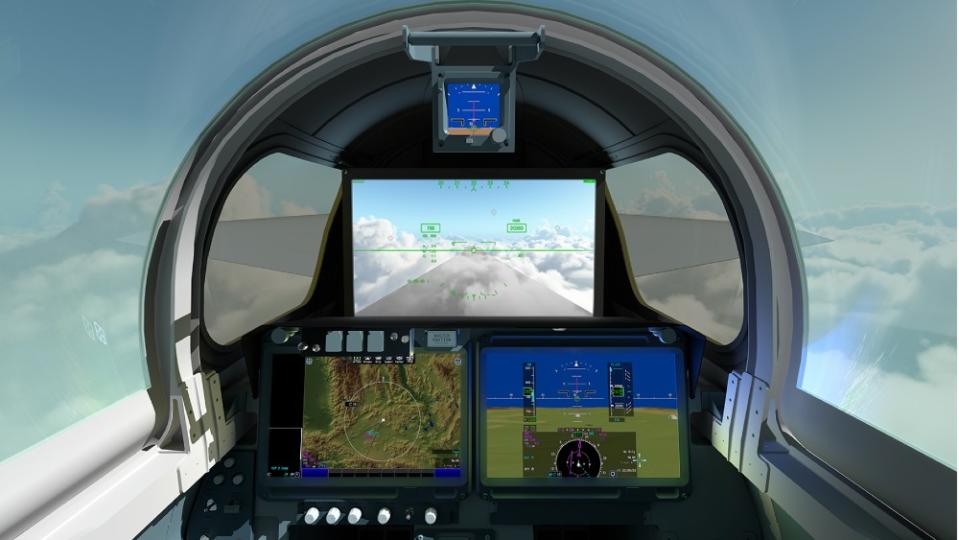
A range of aviation companies, from juggernauts to startups, are working on supersonic travel. United Airlines has partnered with Boom Supersonic to work toward trans-Atlantic and Pacific flight by 2029. American Airlines, too, has put down deposits on Boom’s 88-passenger Supersonic Overture aircraft. In Japan, Subaru, Mitsubishi Heavy Industries and several other companies formed Japan Supersonic Research to launch a supersonic passenger jet by 2030.
Los Angeles-based Exosonic is developing an Air Force 2 supersonic jet with the U.S. Air Force. Spike Aerospace in Boston recently received FAA approval to test a design for an 18-passenger business jet with supersonic quiet technology. One company working on supersonic flight, Aerion Supersonic, folded in 2021, citing economic challenges following the COVID-19 pandemic.
It’s unlikely that the X-59 will have an impact on this latest generation of supersonic aircraft.
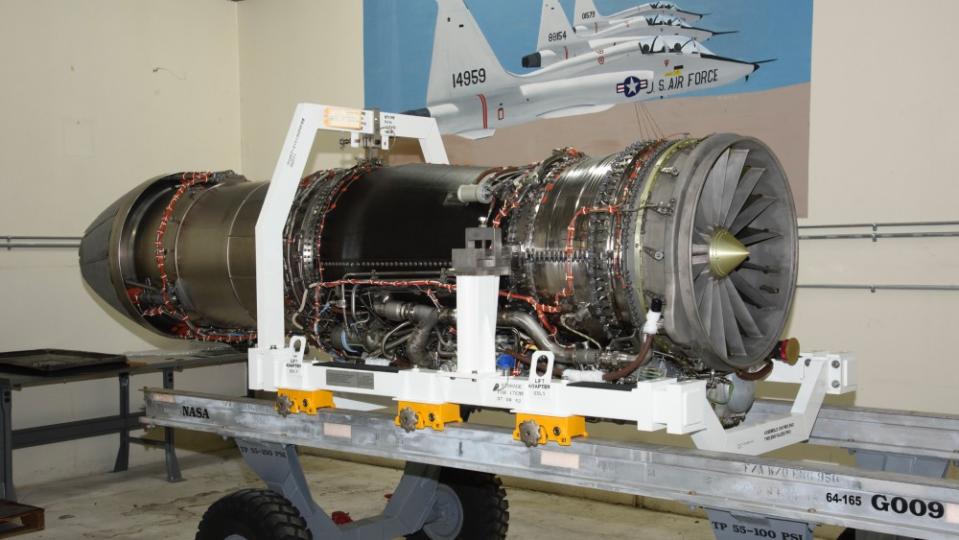
Environmentalists are opposed to the mission. Quiet supersonic technology would reduce noise pollution, but supersonic travel still burns more jet fuel than a typical commercial flight.
A 2022 report from The International Council on Clean Transportation found that supersonic aircraft use seven to nine times more fuel per seat-kilometer. “Supersonic transport is like putting Humvees in the sky,” said Jeff Ruch of Public Employees for Environmental Responsibility. The advocacy group sent a letter to NASA in January arguing that supersonic aviation would prevent the industry from achieving carbon neutrality by its self-imposed goal of 2050.
Best of Robb Report
The 2024 Chevy C8 Corvette: Everything We Know About the Powerful Mid-Engine Beast
The 15 Best Travel Trailers for Camping and Road-Tripping Adventures
Sign up for Robb Report's Newsletter. For the latest news, follow us on Facebook, Twitter, and Instagram.

